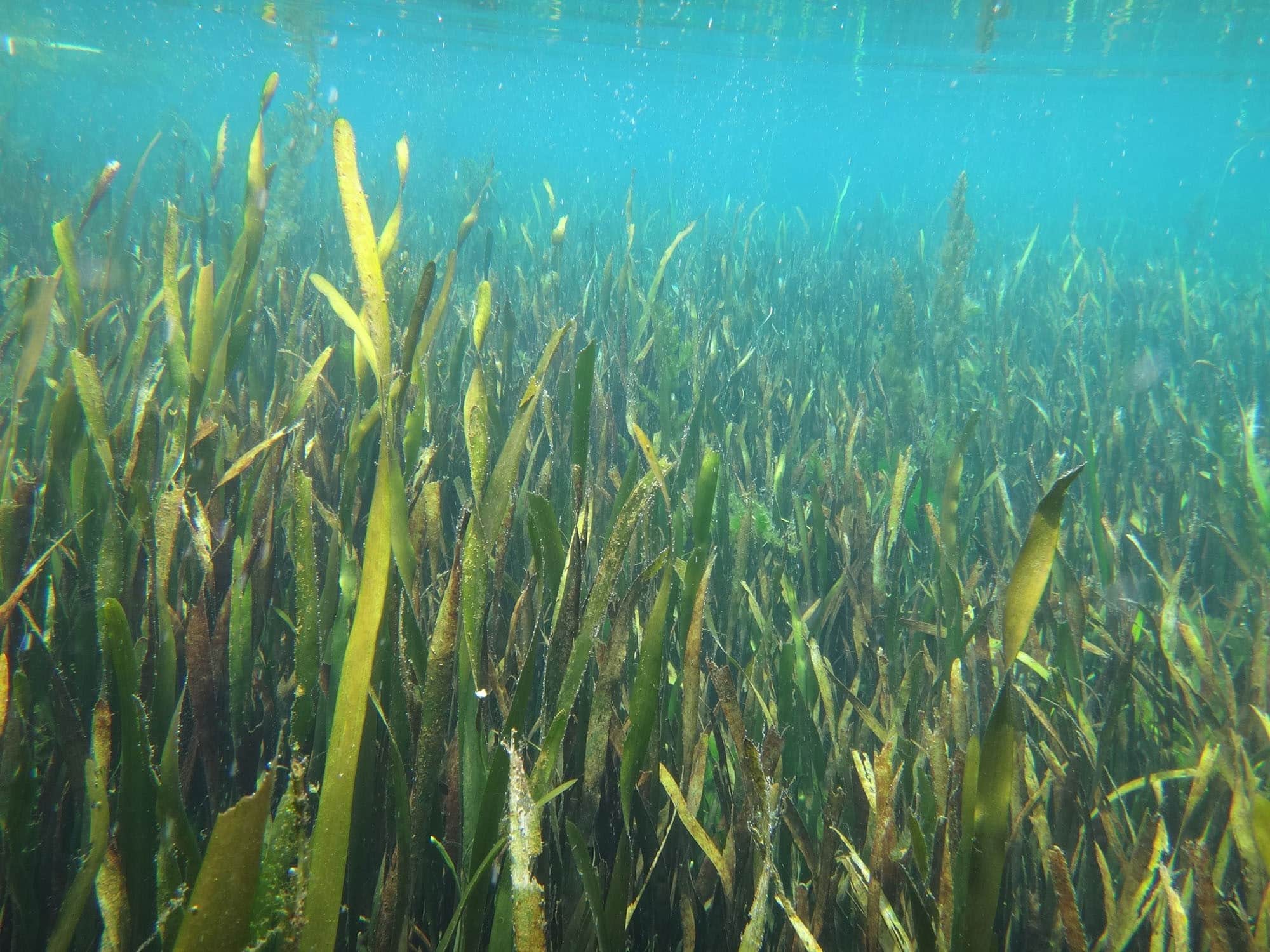Aquatic vegetation can interfere with recreational activities and detract from aesthetic appeal. Additionally, excessive growths can cause fish to stunt or become overpopulated. Too much aquatic vegetation can also prevent larger fish from feeding the smaller ones effectively. Therefore, preventing aquatic weed growth is important for the health of lakes and other water bodies. There are four main methods for aquatic vegetation management. This article will briefly explain each method.
Biological control
Many indigenous plant species exhibit a variety of chemical defense mechanisms against herbivores. These defense mechanisms include parasitoids, predators, and environmental factors. Understanding these relationships between plant species and their natural enemies is essential to determining the most effective control methods. Unfortunately, the cost of manipulating plant/natural enemy interactions is prohibitive. Therefore, using biological control agents may only be a partial solution.
The most common biological control agents target plants in lakes and reservoirs. Of these, only a few species are known to be able to eradicate aquatic vegetation. Monophagous biological control agents are expected to be more effective than those that feed on several plant species. Nevertheless, studies in Silwood, England, have shown that 36% of the 540 biological control agents introduced to waterways and lakes feed exclusively on one plant species. In comparison, 52% were able to control more than one genus. The establishment rates are not much different from those for oligophagous plants.
Chemical control
Chemical control is one option for controlling aquatic weeds. While some species may grow in large numbers and cover an entire body of water, others are limited to a small area. This approach may improve aquatic species’ safety by using minimal pesticide applications. Physical removal of aquatic weeds can be accomplished by hand or with machinery. However, it is time-consuming and expensive. Physical removal of aquatic weeds is often required in combination with herbicides and biological control.
Chemical control is usually done in two parts. First, you should determine the surface area of the body of water. For example, the surface area of a rectangular body of water is equal to the length in feet x width in feet. Next, use an aquatic herbicide that is approved for drinking water. It is best to treat only 1/4 to 1/3 of the surface area if you are using herbicides. It protects fish from oxygen depletion and toxicity.
Mechanical removal
One method of controlling aquatic weeds is to remove them mechanically. Depending on the volume of aquatic vegetation, mechanical removal may be effective. Chemicals, such as herbicides, are not always an effective treatment and may also have side effects. For example, the decomposing vegetation leaves behind a sludge that can contaminate water, reducing its volume. Mechanical removal may also be beneficial because it can leave behind a seedbed for other aquatic vegetation.
The Department of Natural Resources (DNR) requires permits for many types of aquatic vegetation management projects to protect native plants and prevent the spread of invasive species. In addition, aquatic plant permits are needed before placing structures in water or disturbing the bottom of a lake or river. If you plan to remove aquatic plants by mechanical means, you may need a permit from the DNR and the aquatic plant management coordinator. If you do not get a permit, you can still mechanically remove plants by raking or cutting them. But remember that this method is only allowed in some water bodies and requires approval from the DNR’s aquatic plant management specialist or coordinator.
Prevention
There are several steps that you can take to prevent aquatic vegetation damage. First, identifying aquatic vegetation is important for protecting your fish. If you are unsure of its species, contact a licensed site professional to help you identify it. Afterward, you can compost it or transport it to an approved location. Make sure your pictures are sharp and in focus.
In addition to removing existing plant growth, you should cut them down at the base. It will eliminate algae’s prime breeding ground. It is especially true of rosette plants, which are vulnerable to algae infestation. By cutting off the rotting old leaves at the base, you will be depriving them of an ideal place to grow. It will also prevent algae from growing too large and protect your fish from overpopulation.





